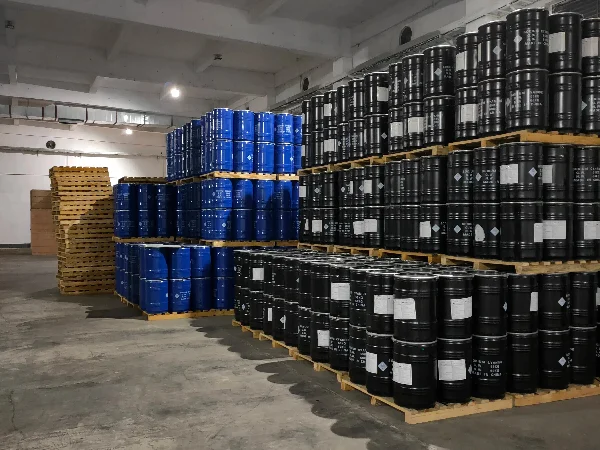
1. Introduction
Sodium cyanide, a highly toxic compound with the chemical formula NaCN, is a white, water - soluble solid. Due to its extremely high toxicity and potential for serious harm to human health and the environment, strict regulations govern its handling, transportation, and storage. This article focuses on the identification of Solid Sodium Cyanide as a hazardous good and its specific packaging requirements.
2. Hazardous Goods Identification of Solid Sodium Cyanide
2.1 Hazard Class
Solid Sodium Cyanide is classified as a Class 6.1 poisonous material according to the United Nations (UN) classification system for dangerous goods. This classification is based on its ability to cause significant harm or death when ingested, inhaled, or absorbed through the skin.
2.2 UN Number
The UN number assigned to solid sodium cyanide is UN 1689. This unique four - digit number is used globally to identify the substance during transportation, ensuring that all parties involved in the supply chain, from manufacturers and shippers to carriers and regulators, can easily recognize and handle it in accordance with the appropriate safety regulations.
2.3 Risk Phrases
High Toxicity: Solid Sodium cyanide is extremely toxic. Ingestion, inhalation, or skin contact can lead to rapid poisoning. Cyanide ions interfere with the body's ability to use oxygen at the cellular level, which can be fatal. For example, even a small amount of sodium cyanide powder inhaled can cause symptoms such as dizziness, rapid breathing, and in severe cases, loss of consciousness and death.
Reactivity with Acids: It reacts violently with acids to produce highly toxic and flammable hydrogen cyanide gas. This reaction can occur even with weak acids. For instance, if sodium cyanide comes into contact with acetic acid (a common acid found in vinegar), hydrogen cyanide gas will be released, creating an extremely dangerous situation.
2.4 Safety Phrases
Handling Precautions: When handling solid sodium cyanide, workers must wear appropriate personal protective equipment (PPE). This includes gas - tight chemical protective suits, self - contained breathing apparatus (SCBA) in case of potential inhalation risks, and thick, chemical - resistant gloves. All handling operations should be carried out in well - ventilated areas, preferably under a fume hood to prevent the accumulation of any potentially released toxic gases.
Storage Precautions: It should be stored in a cool, dry, and well - ventilated area, away from sources of heat, ignition, and acids. Storage facilities should be designed to prevent unauthorized access and be equipped with spill - containment measures. For example, the storage area could have a secondary containment system such as a spill tray or a bunded area to prevent the spread of any leaked sodium cyanide.
3. Packaging Requirements for Solid Sodium Cyanide
3.1 General Packaging Principles
Robustness: The packaging for solid sodium cyanide must be extremely robust to prevent any leakage during handling, storage, and transportation. Given its high toxicity, even a minor leak could pose a significant threat to human health and the environment.
Compatibility: The packaging materials must be chemically compatible with sodium cyanide. This means that the materials should not react with the substance, which could lead to degradation of the packaging or the release of toxic by - products.
3.2 Approved Packaging Types
3.2.1 Metal - Covered Hoppers and Cars
Dry sodium cyanide can be shipped in metal - covered hopper cars. These cars are designed to be sift - proof and weather - resistant. The metal covering provides an extra layer of protection against physical damage and environmental factors such as rain and humidity. For example, in long - distance rail transportation, these hopper cars can safely transport large quantities of solid sodium cyanide across different terrains and weather conditions.
3.2.2 Portable Tanks
Portable tanks used for solid sodium cyanide must meet specific design and construction standards. They should have a strong shell to withstand the weight and pressure of the contents during transportation. Additionally, they need to be equipped with proper closures and fittings to prevent leakage. These tanks are suitable for transporting large volumes of solid sodium cyanide, either in granular or briquette form. For instance, in international maritime transportation, portable tanks are used to transport sodium cyanide between different countries.
3.2.3 Intermediate Bulk Containers (IBCs)
Metal IBCs: Authorized metal IBCs include types such as 11A, 11B, 11N, 21A, 21B, 21N, 31A, 31B, and 31N. These IBCs are made of sturdy metal materials that can withstand the rigors of handling and transportation. They are often used for transporting moderate quantities of solid sodium cyanide.
Rigid Plastics IBCs: Rigid plastics IBCs like 11H1. 11H2. 21H1. 21H2. 31H1. and 31H2 are also approved. However, the plastic material must be of high quality and resistant to the corrosive effects of sodium cyanide. These IBCs are lightweight compared to metal ones, which can be an advantage in some transportation scenarios, but they still need to meet strict safety standards.
Composite IBCs: Composite IBCs such as 11HZ1. 11HZ2. 21HZ1. 21HZ2. and 31HZ1 combine the advantages of different materials. They are designed to be strong, lightweight, and chemically resistant. For example, they may have an inner layer of a material that is highly resistant to sodium cyanide and an outer layer for added structural integrity.
Wooden IBCs: Wooden IBCs (11C, 11D, and 11F) can be used, but their liners must be sift - proof. The wood provides a certain level of cushioning, which can be beneficial during transportation, but the sift - proof liner is crucial to prevent any leakage of the toxic solid.
3.2.4 Other Packaging
Packages consisting of tightly - closed inner containers of glass, earthenware, metal, or polyethylene, with a capacity not over 0.5 kg (1.1 pounds) securely cushioned and packed in outer wooden barrels or wooden or fiberboard boxes, with a net weight not over 15 kg (33 pounds), are authorized. Similarly, packages with tightly - closed inner packagings of glass, earthenware, or metal, securely cushioned and packed in outer wooden barrels or boxes with a capacity not over 2.5 kg (5.5 pounds) net weight are also allowed. These smaller - scale packaging options are often used for laboratory samples or small - quantity shipments.
3.3 Packaging Testing and Certification
Performance Testing: All packaging used for solid sodium cyanide must undergo rigorous performance testing. This includes drop tests to simulate accidental falls during transportation, stack tests to ensure the packaging can support the weight of other packages stacked on top, and leakage tests to verify that there are no openings through which the sodium cyanide could escape. For example, in a drop test, the packaging is dropped from a specific height onto a hard surface, and if there is any damage or leakage, the packaging fails the test.
Certification: Once the packaging passes the required tests, it must be certified as compliant with the relevant regulations. This certification is issued by recognized testing and certification bodies. The certification ensures that the packaging meets the minimum safety standards for transporting solid sodium cyanide.
3.4 Labeling of Packaging
Warning Labels: All packaging containing solid sodium cyanide must be clearly labeled with warning labels. These labels should prominently display the words "POISONOUS" or "TOXIC" in large, bold letters. They should also include the UN number (UN 1689) and a symbol indicating the substance's toxicity, such as the skull and crossbones symbol.
Additional Information: The labels should provide additional information such as the chemical name (sodium cyanide), instructions for emergency response in case of a leak or spill, and contact information for the shipper or manufacturer in case of questions or concerns.
4. Compliance with Regulations
International Regulations: In international transportation, compliance with regulations such as the International Maritime Dangerous Goods (IMDG) Code and the United Nations Recommendations on the Transport of Dangerous Goods is mandatory. These regulations ensure that solid sodium cyanide is transported safely across international borders. For example, the IMDG Code provides detailed guidelines for the packaging, labeling, and stowage of dangerous goods on ships.
National Regulations: Each country may also have its own national regulations regarding the handling, storage, and transportation of solid sodium cyanide. For instance, in the United States, the Department of Transportation (DOT) has specific rules and regulations under the Code of Federal Regulations (CFR) Title 49. Shippers and handlers must be aware of and comply with both international and national regulations to avoid legal issues and ensure the safe handling of this highly toxic substance.
5. Conclusion
Solid sodium cyanide's extreme toxicity makes proper identification as a hazardous good and strict adherence to packaging requirements of utmost importance. From its classification as a Class 6.1 poisonous material with the UN number 1689 to the various approved packaging types and their associated testing and labeling requirements, every aspect is designed to minimize the risk of exposure and potential harm to human health and the environment. All parties involved in the production, transportation, and storage of solid sodium cyanide must be well - informed and compliant with the relevant regulations to ensure the safe handling of this dangerous substance.
- Random Content
- Hot content
- Hot review content
- Toxicity Assessment of Sodium Cyanide and Relevant Hazard Prevention Measures
- Potassium Permanganate – Industrial Grade
- Methyl Isoubtyl Carbinol 99% liquid MIBC
- Barium carbonate 99% powder
- Triethanolamine(TEA)
- Di(ethylene Glycol) Vinyl Ether
- Sodium alpha olefin sulfonate (AOS)
- 1Discounted Sodium Cyanide (CAS: 143-33-9) for Mining - High Quality & Competitive Pricing
- 2Sodium Cyanide 98% CAS 143-33-9 gold dressing agent Essential for Mining and Chemical Industries
- 3Sodium Cyanide 98%+ CAS 143-33-9
- 4Anhydrous Oxalic acid 99.6% Industrial Grade
- 5Oxalic acid for mining 99.6%
- 6Soda Ash Dense / Light 99.2% Sodium Carbonate Washing Soda
- 7Reagent Grade/Industrial Grade Hydrochloric Acid min.31%
- 1Sodium Cyanide 98% CAS 143-33-9 gold dressing agent Essential for Mining and Chemical Industries
- 2High Quality 99% Purity of Cyanuric chloride ISO 9001:2005 REACH Verified Producer
- 3 High-Quality Sodium Cyanide for Leaching
- 4Powdery emulsion explosive
- 5Industry Grade Electron grade 98% Sulfuric Acid H2SO4 Sulphuric Acid Battery Acid Industrial Sulfuric Acid
- 6Colloidal emulsion explosive
- 7sodium hydrosulfide 70% flakes used Mining Industry

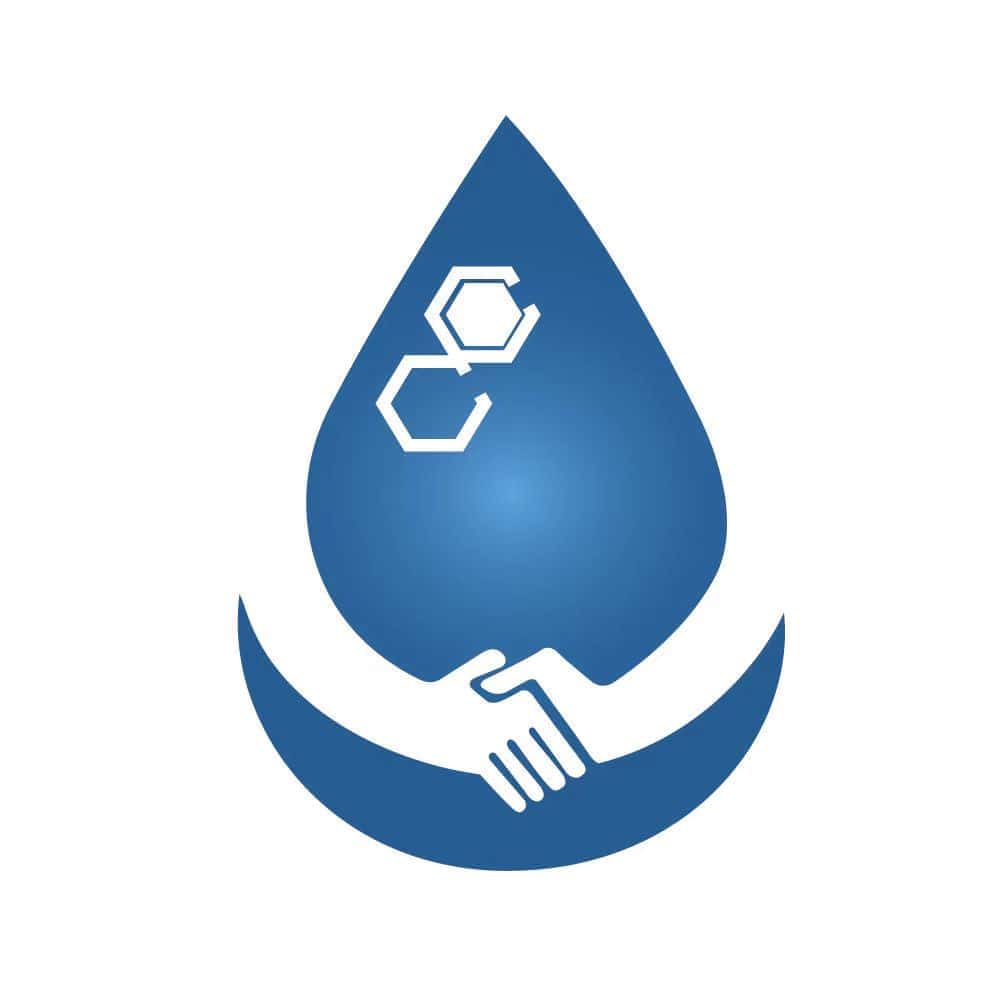
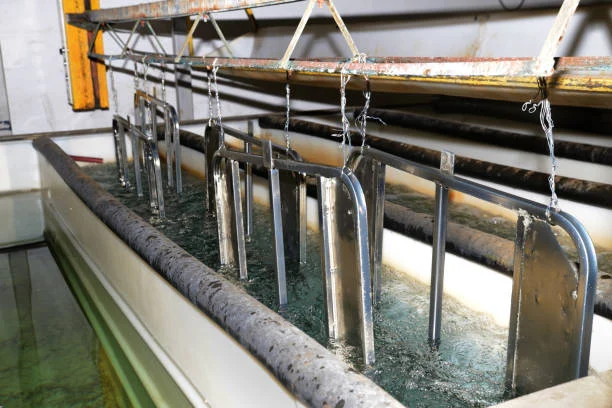
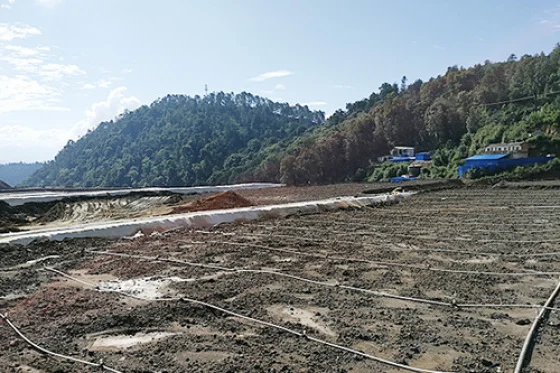


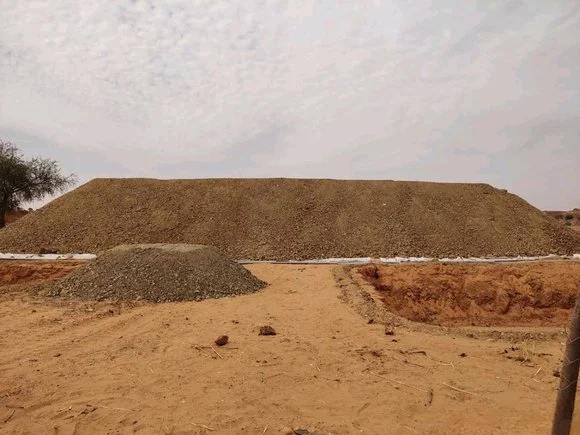

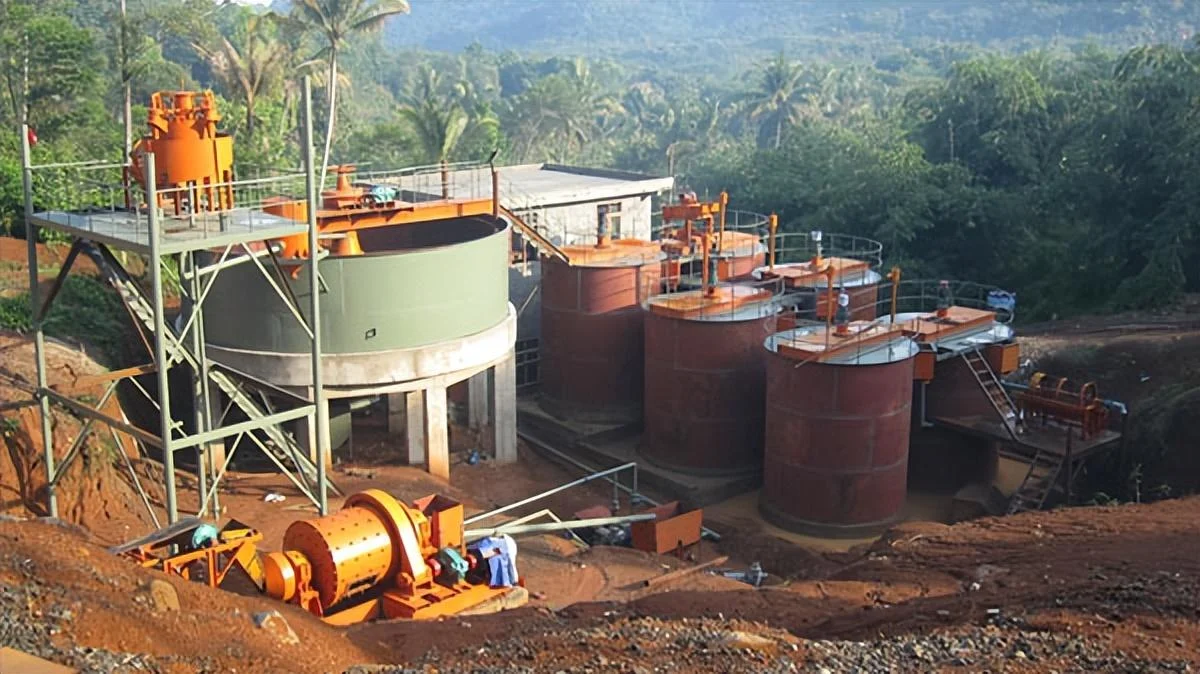


Online message consultation
Add comment: